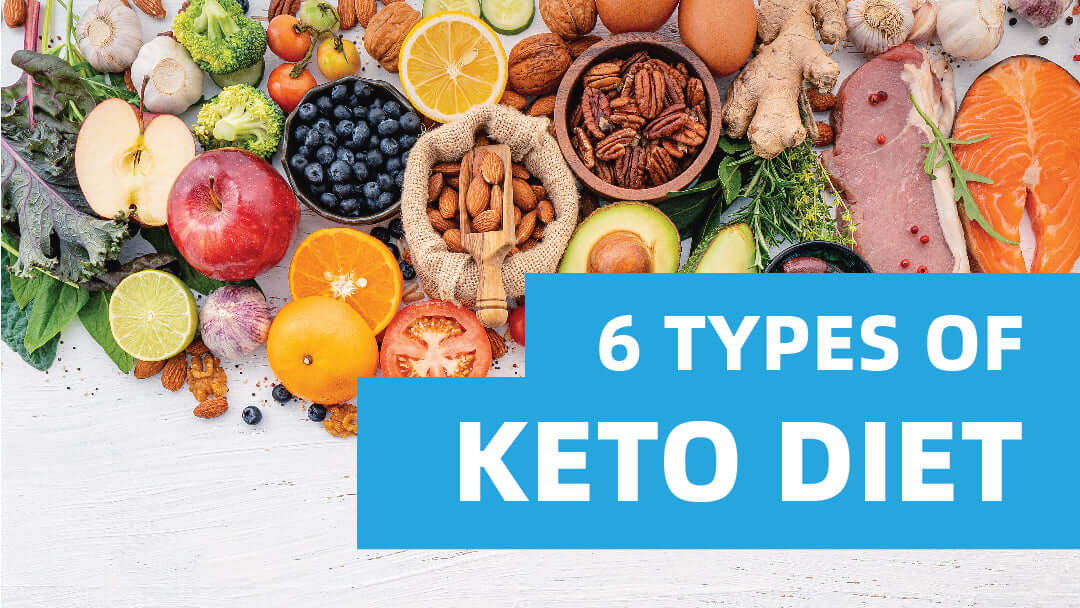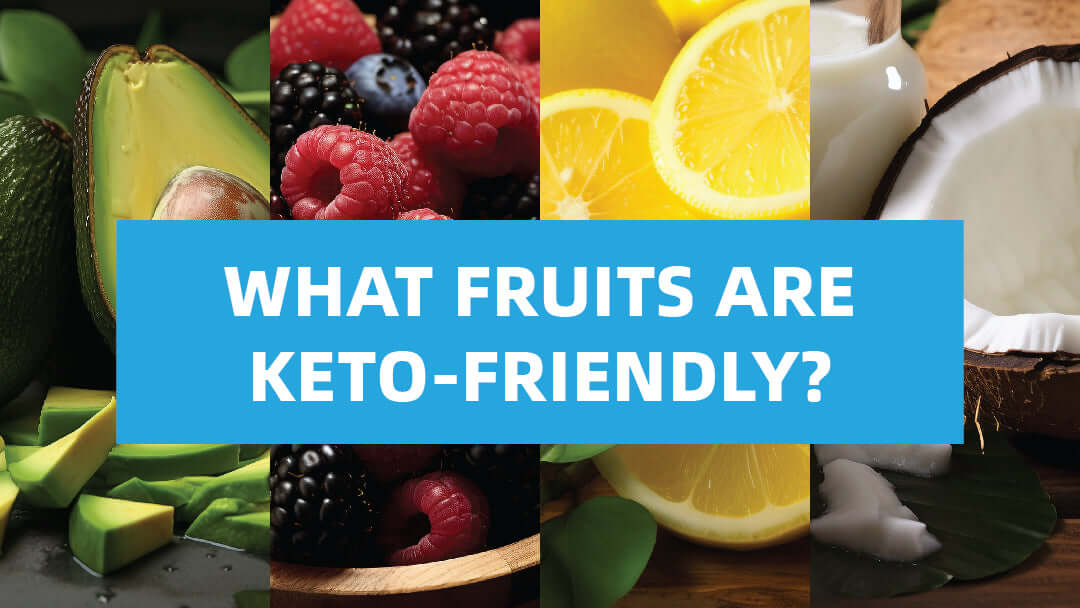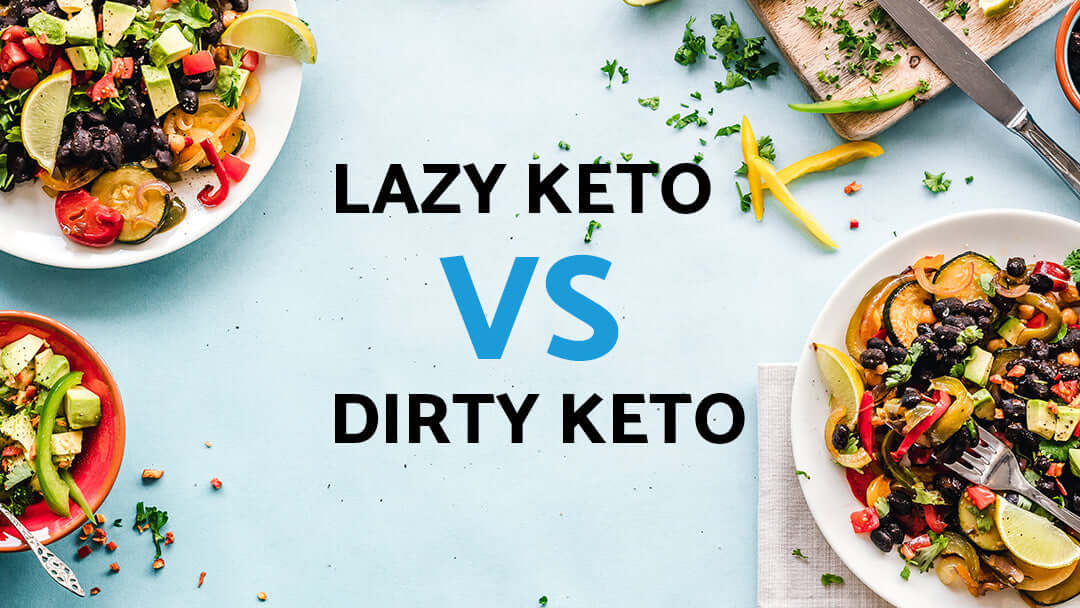In the realm of health and nutrition, the ketogenic diet has risen to prominence as a powerful tool for weight loss and improved overall wellness. By significantly reducing carbohydrate intake and replacing it with healthy fats, the body enters a state of ketosis, where it burns fat for fuel instead of carbohydrates. However, within the realm of keto, there isn't just one standard approach. There are various types of ketogenic diets, each with its own nuances and benefits. Understanding the different types can help you select the best one for your individual needs and lifestyle.
Image Source: https://leftcoastperformance.com/blogs/keto/the-scientific-guide-to-keto
- Standard Ketogenic Diet (SKD)
The standard ketogenic diet (SKD) is the most traditional and widely recognized form of the keto diet. It typically consists of approximately 70-75% of calories from fat, 20-25% from protein, and only 5-10% from carbohydrates. This approach focuses on maintaining a moderate protein intake while keeping carbohydrate consumption to a minimum. SKD is effective for weight loss, improving insulin sensitivity, and boosting energy levels.
- Cyclical Ketogenic Diet (CKD)
The cyclical ketogenic diet (CKD) involves cycling between periods of strict keto adherence and higher-carb refeeding days. Typically, CKD consists of five to six days of strict keto followed by one to two days of higher carbohydrate intake. This carb refeeding period helps replenish glycogen stores and can be beneficial for athletes engaged in intense training regimens. CKD requires careful planning to ensure that carb cycling doesn't derail progress or lead to weight gain.
- Lazy Keto Diet
Calorie and carb counting aren't essential, making this approach easier to follow in the long term. Fat and protein consumption become the priority over strict carb limits. It relies on intuitive eating while limiting obvious junk foods. While effective for some, others may struggle without numbers-based guidance.
Image Source: https://www.healthline.com/health-news/what-is-lazy-keto
- Dirty Keto Diet
This permits more processed and low-quality keto foods, like bacon, sausage, cheese snacks and artificial sweeteners that are known to promote inflammation and long-term health risks. While allowing vice indulgence, it goes against the keto diet's benefits. Moderation is key here.
- High-Protein Ketogenic Diet
While the traditional ketogenic diet emphasizes moderate protein intake, some individuals may benefit from a higher protein approach. The high-protein ketogenic diet maintains the same low-carb, high-fat principles as standard keto but allows for a greater proportion of calories to come from protein sources. This variation is favored by those looking to preserve lean muscle mass, support muscle growth, or enhance satiety.
Image Source: https://www.mindbodygreen.com/articles/high-protein-low-carb-diet
- Vegetarian or Vegan Ketogenic Diet
Contrary to popular belief, it is possible to follow a ketogenic diet while adhering to a vegetarian or vegan lifestyle. A vegetarian or vegan keto diet focuses on plant-based sources of fat and protein while minimizing carb intake. This approach may include foods like avocados, nuts, seeds, tofu, tempeh, and low-carb vegetables. With careful planning and attention to nutrient intake, individuals can successfully achieve ketosis while avoiding animal products.
Enhancing Your Keto Journey with Real-Time Monitoring
When selecting a keto diet type, real-time monitoring of one's ketone levels is particularly important for making effective decisions. SiBio KS1 Continuous Ketone Monitoring (CKM) System conveniently enables this. The SiBio CKM utilizes wearable biosensor to seamlessly transmit user ketone data to SiBio APP every 5 minutes via Bluetooth, allowing for 24h x 14d uninterrupted monitoring. Unlike traditional testing methods, the SiBio Ketone Monitor is waterproof and no fingersticks. This allows users to gain deep insights by analyzing trends over multiple data points and days, fully understanding how diet or exercise impacts ketone levels in the body.
Conclusion
The ketogenic diet offers a range of variations to accommodate diverse needs and preferences. Whether you're aiming for weight loss or simply seeking a sustainable way of eating, there's likely a type of keto diet that's right for you. By understanding the differences between each variation and considering your individual circumstances, you can embark on a keto journey that aligns with your goals and sets you up for long-term success.
FAQs:
Q: Which type of keto is the best for weight loss?
A: The Standard Ketogenic Diet (SKD) is often recommended for beginners and those primarily focused on weight loss. SKD involves consuming very low-carb, moderate-protein, and high-fat foods to induce and maintain a state of ketosis, which can lead to effective weight loss when combined with calorie restriction and regular physical activity.
Q: When should you not do keto diet?
A: The keto diet may not be suitable for those with certain health conditions affecting major organs like the pancreas, liver or gallbladder. Beginners may experience temporary side effects as the body adapts to burning fat instead of carbs, known as the "keto flu". Symptoms like headaches, fatigue and mood swings usually subside within a few weeks.












